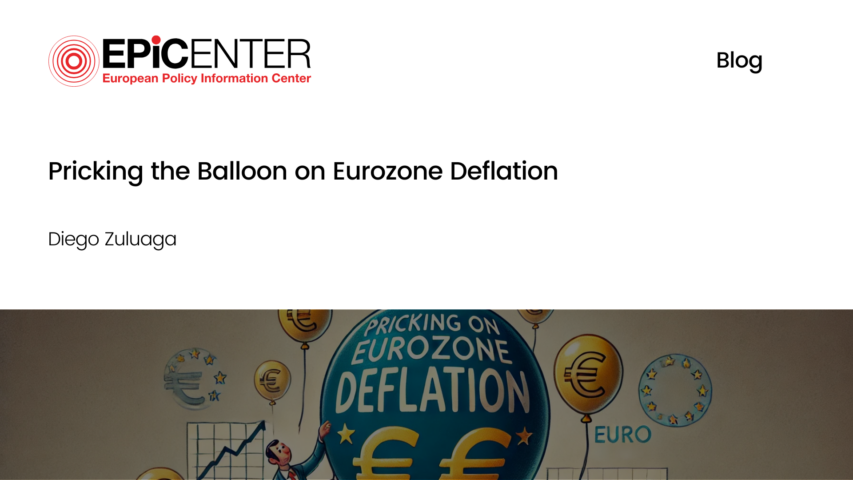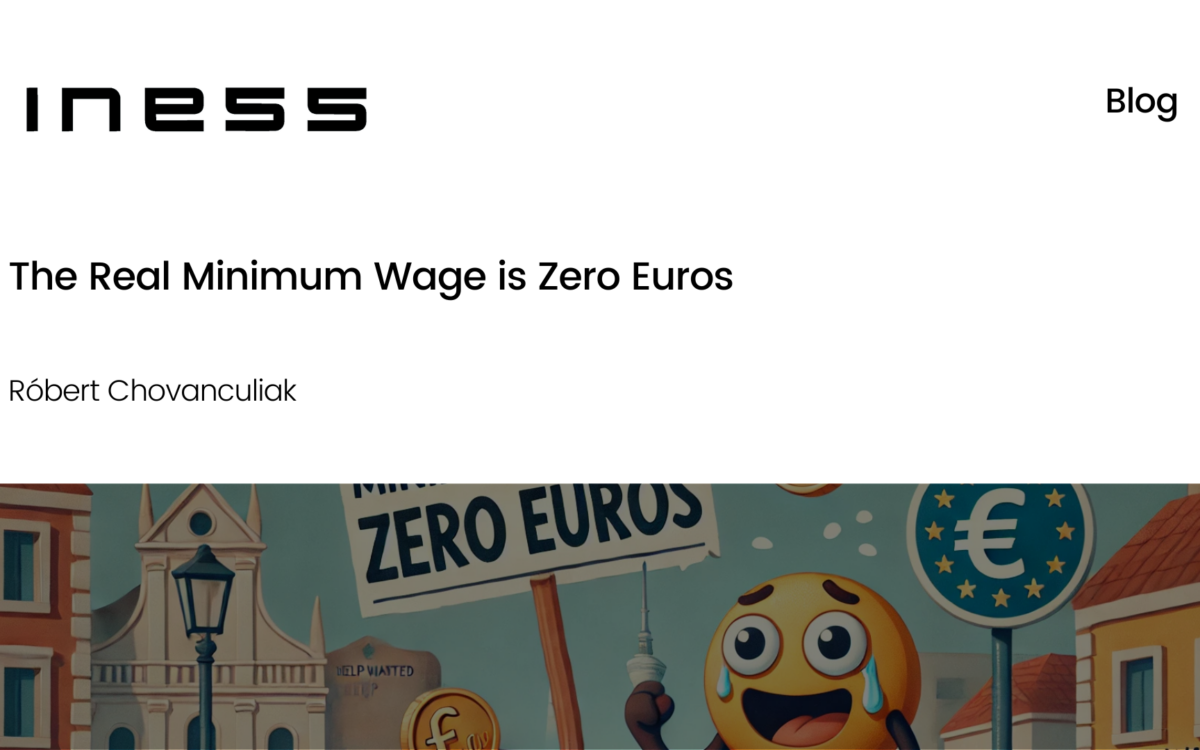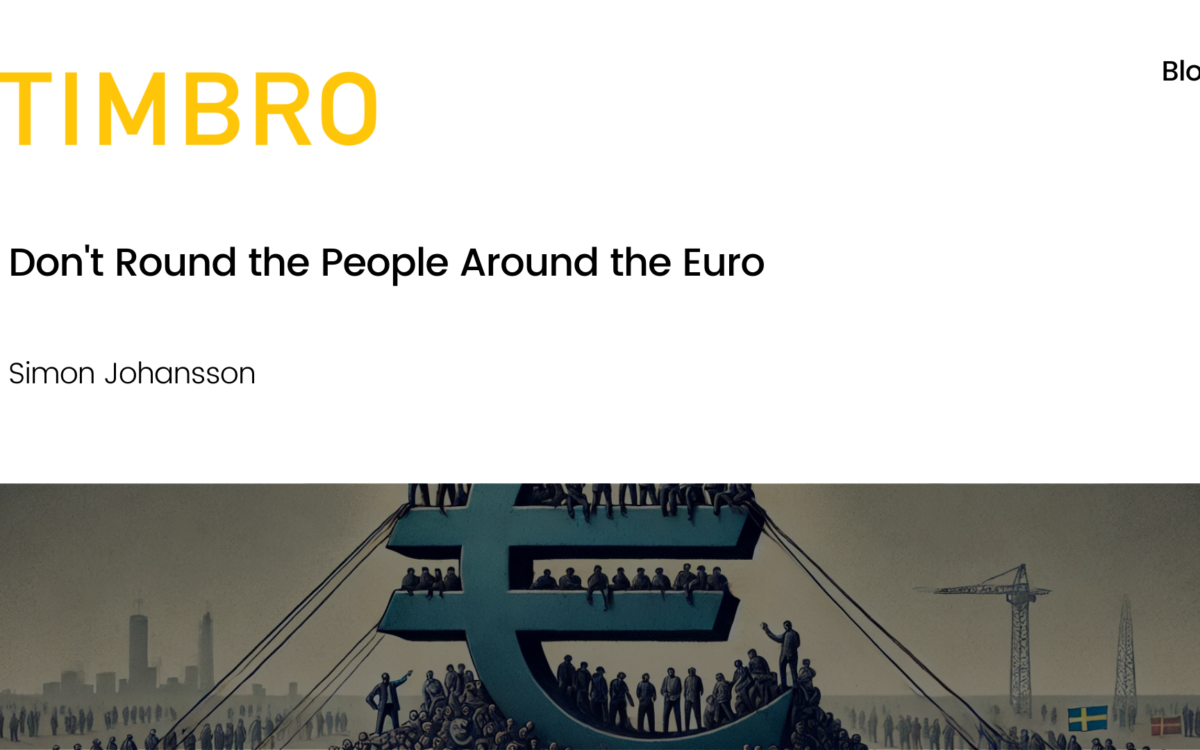Pricking the Balloon on Eurozone Deflation

Pricking the Balloon on Eurozone Deflation
Diego Zuluaga // 18.05.2016
As growth rates in the Eurozone gather steam, policymakers’ concerns are increasingly shifting to low inflation. According to Eurostat, consumer prices in the Eurozone have declined by 0.2% in the past year. Much of the drop is due to sharply lower energy prices, but even when those are stripped out annual price growth stood at 0.7% as of April, significantly less than the ECB’s “close to, but below” 2% target.
Should we be concerned about a looming deflationary spiral? ECB chairman Mario Draghi certainly thinks so. The central bank takes economists’ conventional view of a falling price level, namely that it is an indicator of underlying weakness in many national economies. The ECB, like other supervisors, is particularly concerned about deflation’s raising of real debt levels in a context of very high private and public indebtedness.
The bank is right to be worried about heavily indebted households and treasuries, although pinning one’s hopes on inflation’s power to erode the real value of debt seems rather like hoping to pay off the mortgage with the euro cents found under the sofa. Yet, the central bank’s account of deflation ignores the fact that falling prices are, in general, a good thing.
Assuming fixed consumer preferences, a fall in the price of an individual good or service can be for a number of reasons:
1) Falling demand as a result of the economic cycle: this is the scenario evoked by the conventional view of deflation;
2) Lower input costs as a result of greater productive efficiency: in other words, producers doing the same (or more) with fewer resources, what we refer to as innovation;
3) Lower input costs as a result of public policy reforms that affect the supply side: airline deregulation is an apt example of liberalisation putting dramatic downward pressure on prices;
4) Other structural changes in the economy such as an ageing or declining population.
What is true for a single good also applies in the aggregate. There are many ways in which any of the above can exercise downward pressure on the price level as a whole. We see this with oil prices, where innovation has led to increased production at lower costs, increasing existing and potential oil supply and lowering the cost of production for myriad industries. The sharing economy, in which innovative business models are enabling a more intensive use of assets, is another example of falling prices driven by greater efficiency.
Similarly, the structural reforms enacted in many Member States since 2010 – labour and product market liberalisations – can lead to falling employment and production costs, in turn pushing down consumer prices. Indeed, that is what the European Commission means when it talks about promoting the competitiveness of the European economy: changing regulation to enable individuals and firms to do more with the same resources, thus increasing economic activity.
It should come as no surprise then that some of the Member States which experienced the steepest price drops in 2015 – including Greece, Spain and Cyprus – are also the ones which have undertaken extensive reform programmes. Others in this group, such as Ireland and Italy, had zero inflation. Ireland and Spain also boast the highest growth rates in the euro area.
Finally, a declining population will be a structural driver of falling prices as a result of decreasing demand from a shrinking consumer base. Ageing populations could also put downward pressure on prices by lowering future growth expectations and the aggregate savings rate, as well as by increasingly relying on government transfers. Older folk also tend to spend less on big-ticket consumer items such as cars and appliances because they have a shorter time horizon.
There are therefore many potential causes of a falling price level. Some of them – lower input costs from innovation and supply-side reform – have positive effects on demand and economic growth, while others – structural demographic change – cannot easily be tackled by monetary policy. The point is not that sluggish demand is not a factor behind the Eurozone’s persistently low inflation – it may well be – but rather that falling prices are most likely the product of a range of factors – some positive, some negative – and not necessarily a source of concern on the whole. Furthermore, the variegated nature of deflationary pressures also suggests that easy money will probably not be as effective in lifting inflation rates as we are sometimes led to believe. And if it is, this would not necessarily be something to cheer.
Keynes famously said that men of politics are for the most part enslaved to the theories of some defunct economist, whether they know it or not. In the case of a falling price level, our policymakers are enslaved to the lessons from a single historical event, the Great Depression. Latterly, the same reasoning has been applied to the Japanese experience since the 1990s, even though demographic factors undoubtedly play a role in that case. Yet, history shows that there are good deflations as well as bad ones – the late 19th century is a widely recognised example of the former.
Unless we appreciate the multifarious ways in which a falling price level can come about, we are bound to misinterpret economic indicators and fudge the policy response. Let us instead acknowledge deflation as the complex phenomenon that it is, and not rule out its potential to make us all better off.
EPICENTER publications and contributions from our member think tanks are designed to promote the discussion of economic issues and the role of markets in solving economic and social problems. As with all EPICENTER publications, the views expressed here are those of the author and not EPICENTER or its member think tanks (which have no corporate view).



